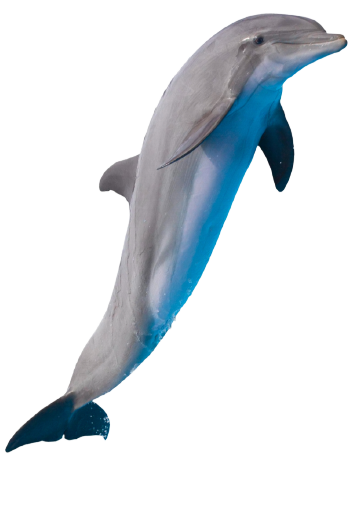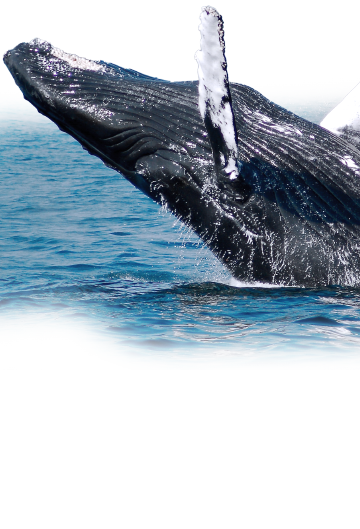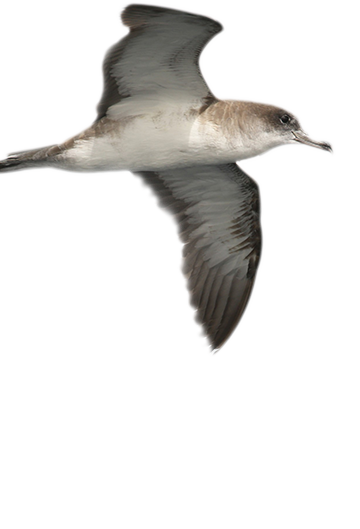Turtle
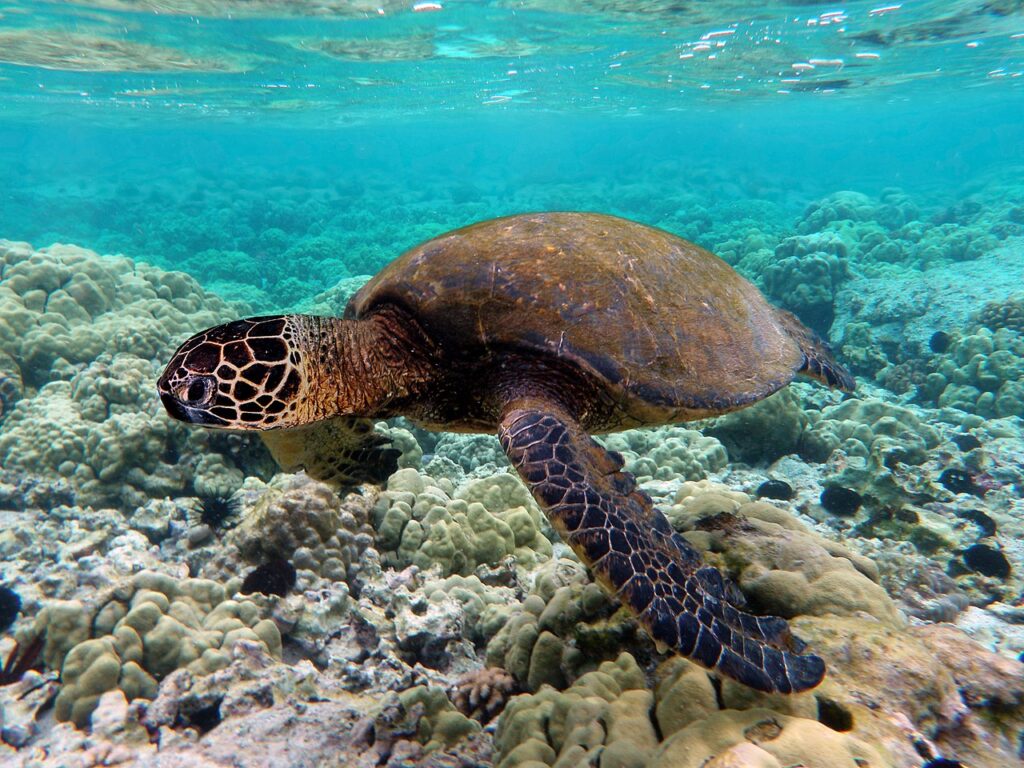
GREEN TURTLE
The green sea turtle (Chelonia mydas), also known as the green turtle, black (sea) turtle or Pacific green turtle, is a species of large sea turtle of the family Cheloniidae. It is the only species in the genus Chelonia. Its range extends throughout tropical and subtropical seas around the world, with two distinct populations in the Atlantic and Pacific Oceans, but it is also found in the Indian Ocean. The common name refers to the usually green fat found beneath its carapace, not to the color of its carapace, which is olive to black.
Some curiosities :
The dorsoventrally flattened body of C. mydas is covered by a large, teardrop-shaped carapace; it has a pair of large, paddle-like flippers. It is usually lightly colored, although in the eastern Pacific populations, parts of the carapace can be almost black. Unlike other members of its family, such as the hawksbill sea turtle, C. mydas is mostly herbivorous. The adults usually inhabit shallow lagoons, feeding mostly on various species of seagrasses. The turtles bite off the tips of the blades of seagrass, which keeps the grass healthy.
Like other sea turtles, green sea turtles migrate long distances between feeding grounds and hatching beaches. Many islands worldwide are known as Turtle Island due to green sea turtles nesting on their beaches. Females crawl out on beaches, dig nests, and lay eggs during the night. Later, hatchlings emerge, and scramble into the water. Those that reach maturity may live to 90 years in the wild.
C. mydas is listed as endangered by the IUCN and CITES and is protected from exploitation in most countries. It is illegal to collect, harm, or kill them. In addition, many countries have laws and ordinances to protect nesting areas. However, turtles are still in danger due to human activity. In some countries, turtles and their eggs are still hunted for food. Pollution indirectly harms turtles at both population and individual scales. Many turtles die after being caught in fishing nets. In addition, real estate development often causes habitat loss by eliminating nesting beaches.
The range of the green sea turtle extends throughout tropical and subtropical oceans worldwide. The two major subpopulations are the Atlantic and the eastern Pacific subpopulations.
Each population is genetically distinct, with its own set of nesting and feeding grounds within the population’s known range. One of the genetic differences between the two subpopulations is the type of mitochondrial DNA found in individual’s cells. Individuals from rookeries in the Atlantic Ocean and Mediterranean Sea have a similar type of mitochondrial DNA, and individuals from the Pacific and Indian Oceans have another type of mitochondrial DNA.
Their native range includes tropical to subtropical waters along continental coasts and islands between 30°N and 30°S. Since green sea turtles are a migrating species, their global distribution spans into the open ocean.
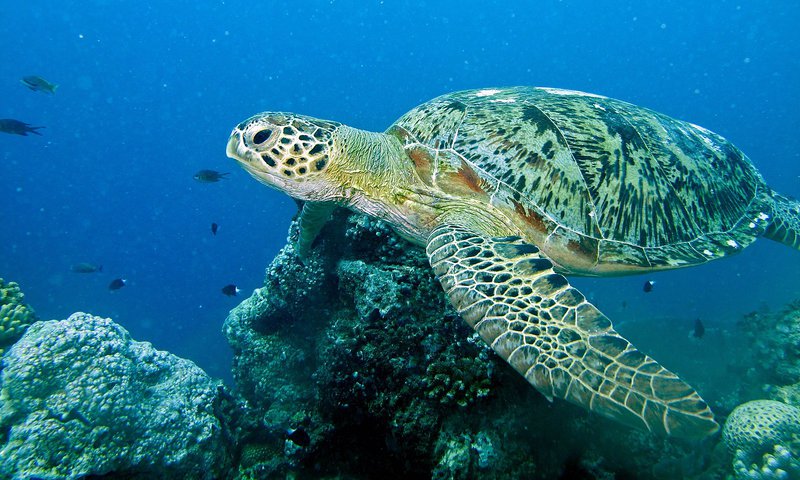
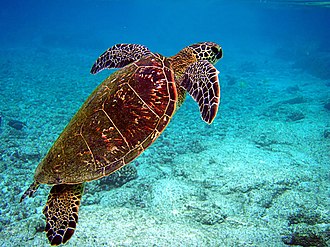
Sea turtle
Sea turtles (superfamily Chelonioidea), sometimes called marine turtles, are reptiles of the order Testudines and of the suborder Cryptodira. The seven existing species of sea turtles are the flatback, green, hawksbill, leatherback, loggerhead, Kemp’s ridley, and olive ridley.Six of the seven sea turtle species, all but the flatback, are present in U.S. waters, and are listed as endangered and/or threatened under the Endangered Species Act. All but the flatback turtle are listed as threatened with extinction globally on the IUCN Red List of Threatened Species. The flatback turtle is found only in the waters of Australia, Papua New Guinea, and Indonesia.
Some curiosities :
For each of the seven species of sea turtles, females and males are the same size. As adults, it is possible to tell male turtles from female turtles by their long tails with a cloacal opening near the tip. Adult female sea turtles have shorter tails, with a cloacal opening near the base. Hatchling and sub-adult turtles do not exhibit sexual dimorphism; it is not possible to determine their sex by looking at them.
In general, sea turtles have a more fusiform body plan than their terrestrial or freshwater counterparts. This tapering at both ends reduces volume and means that sea turtles cannot retract their head and limbs into their shells for protection, unlike many other turtles and tortoises. However, the streamlined body plan reduces friction and drag in the water and allows sea turtles to swim more easily and swiftly.
The leatherback sea turtle is the largest sea turtle, reaching 1.4 to more than 1.8 m (4.6 to 5.9 ft) in length and weighing between 300 and 640 kg (661 to 1,411 lbs).Other sea turtle species are smaller, ranging from as little as 60 cm (2 ft) long in the case of the Kemp’s ridley, which is the smallest sea turtle species, to 120 cm (3.9 ft) long in the case of the green turtle, the second largest.
Sea turtles, along with other turtles and tortoises, are part of the order Testudines. All species except the leatherback sea turtle are in the family Cheloniidae.
The superfamily name Chelonioidea and family name Cheloniidae are based on the Ancient Greek word for tortoise: χελώνη (khelone). The leatherback sea turtle is the only extant member of the family Dermochelyidae.
Fossil evidence of marine turtles goes back to the Late Jurassic (150 million years ago) with genera such as Plesiochelys, from Europe. In Africa, the first marine turtle is Angolachelys, from the Turonian of Angola.
A lineage of unrelated marine testudines, the pleurodire (side-necked) bothremydids, also survived well into the Cenozoic. Other pleurodires are also thought to have lived at sea, such as Araripemys and extinct pelomedusids.
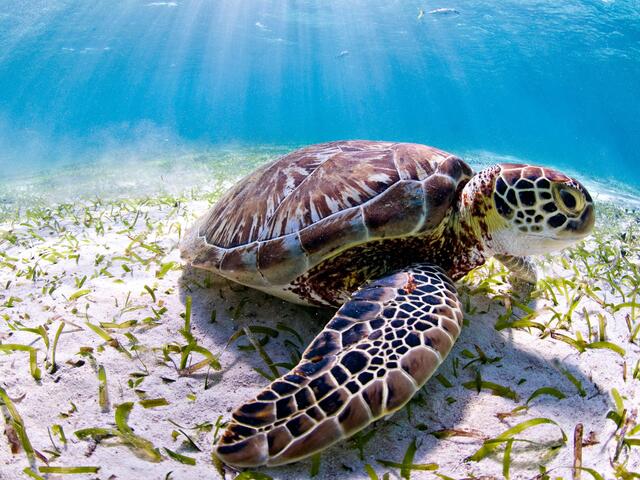
Animals
The Algarve is a paradise for lovers of marine life, where you can see dolphins, turtles and a variety of seabirds.


